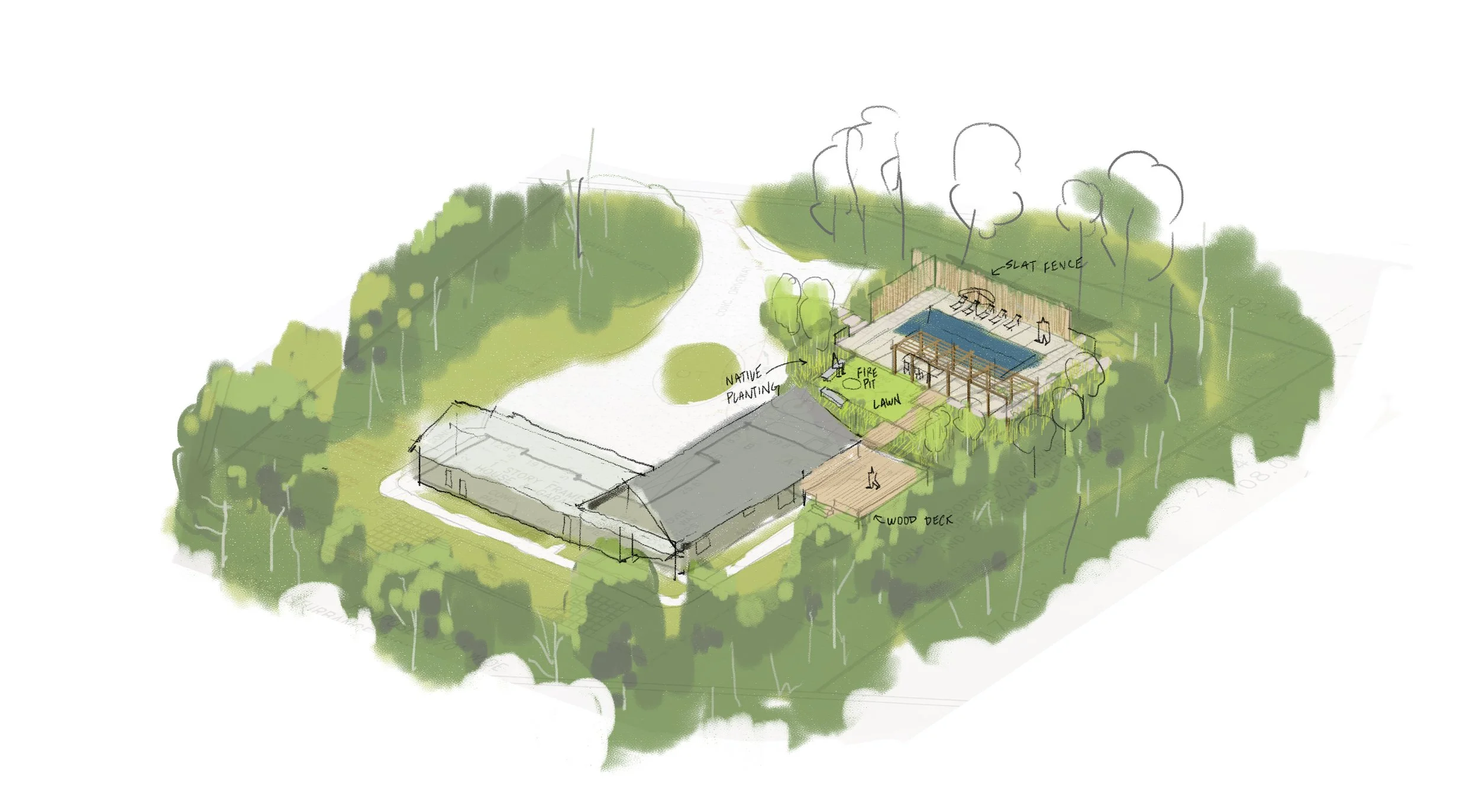New Tenements
Our anti-proposal for form in rem exhibit at citygroup in 2019. The brief called for a critical redrawing of the plan of One Manhattan Square, a new residential tower in the historically low-rise and lower-middle-class Lower East Side, to question current market trends, augment affordability, and assert use over exchange value. Featured in The Architect’s Newspaper.
—
Much has been written about the unaffordability of New York City’s housing market, particularly concerning the many residential towers recently constructed by developers. It is well-known that the average family is unable to buy a home in the city because new apartments are built for investors and the wealthy. We wondered – how much (or how little) space can an average New York City family afford in a new developer tower?
An average household in New York City can afford to spend $1900 per month on housing, based on an average household income of approximately $70,000. This allows the family to qualify for mortgage on a $365,000 home. At One Manhattan Square, space costs $2230 per square foot, or $33.5 million per floor plate. At this value, 92 apartments must fit into the floor plan to make the building valuable for developers and affordable for buyers. To achieve this density, laws regarding minimum apartment size, light and air requirements, and accessibility must be ignored.
At the beginning of the 19th century, the Lower East Side was a wealthy neighborhood. George Washington lived on Cherry Street during his first term as president, a few blocks away from One Manhattan Square. Following the war of 1812, many immigrants and laborers moved to lower New York City, and the wealthy moved uptown. Their large and once-luxurious mansions were split up into smaller apartments and rooms without regard for light, air, or comfort, and over time the Lower East Side became the tenement epicenter of the 19th and 20th centuries.
Presently, the area is returning to its upper-crust roots, low-rise brick townhouses giving way to towering mansions of glass and concrete. However, what is unseen amid the luxury is that a similar relationship between the amount of space and its affordability has arisen today as existed during the height of tenement housing. To make One Manhattan Square affordable in today’s housing market, we imagine a similar partitioning of space must occur. Each unit has been squeezed to just 100 square feet. In order to fit 92 units per floor, almost half of them do not have windows. In many cases, units have lofted spaces to fit a bed and storage is almost non-existent. Not to mention, full size refrigerators, dining tables, and bathtubs are out of the question.
Will this housing history repeat itself? Will ownership and affordability recede into the past? Would you buy a 100-square-foot apartment for $365,000?










